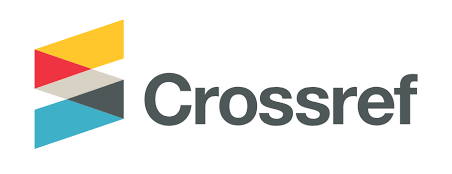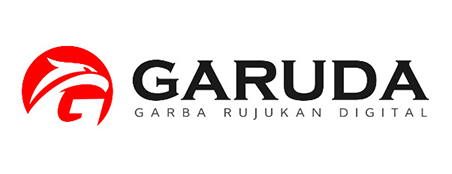Covid-19: Good vs. Evil Dichotomy in News Media
DOI:
https://doi.org/10.55681/armada.v2i4.1276Keywords:
Dichotomy, Discourse Analysis, News MediaAbstract
Dichotomy may be expressed through the languages used on social media. When it comes to Covid-19, a pandemic that began in 2020, the global population is still unfamiliar with the problem and is in the process of adapting through various ideologies and strategies represented on social media. The objective of this research is to identify the dichotomy that surfaced during COVID-19 based on five reports from three YouTube channels. Qualitative discourse analysis was used by the researchers. This research focuses on the opinions of netizens on five reports that were posted on three YouTube channels about COVID-19 between January and May 2020, when Indonesia was enacting a "stay at home" policy. The findings show that comments from netizens fall into two categories. They are comments that support remaining at home to reduce the spread of Covid-19, as well as those that oppose staying at home for economic reasons. Furthermore, the remarks from one categorization overshadow the comments from the other classification. The remarks for each categorization see them as good and the other as wicked. Nonetheless, discourse analysis serves to reinvigorate social activity. As a result, mutual understanding is critical in dealing with this problem.
Downloads
References
Asmara, R. 2016. Strategi kebahasaan Presiden Jokowi dalam menanamkan ideologi dan manifesto pemerintahan. LITERA, 15(2), 379-388.
Baker, Paul. 2011. Key term in discourse analysis. Continuum International Publishing Group.
Darma, Aliah, Yoce. 2009. Analisis wacana kritis. CV Yrama Widya.
Dipper, L. T., & Pritchard, M. 2017. Discourse: Assessment and therapy. Advances in Speech – Language Pathology. doi: 10.5772/intechopen.69894
Eriyanto. 2001. Analisis wacana: Pengantar analisis teks media. LKIS.
Hodges, B. D., Kuper, A., Reeves, S. 2008. Discourse Analysis. BMJ, a879.
Johnstone, B. 2018. Discourse Analysis. Wiley Blackwell
Jorgensen, M.W., & Phillips, L.J. 2001. Discourse analysis: theory and method, alih bahasa Imam Suyitno, Lilik Suyitno & Suwarna. Pustaka Pelajar.
Mendrova, Zonianus. 2018. Social media theories in critical discourse analysis (CDA). Exposure Journal. 7(1), 23-33.
Nilawati, Dewi. 2018. Analisis wacana kritis model Roger Fowler berita gagal nikah setelah cabuli 2 anak bawah umur dalam koran medan pos. Retrieved from https://core.ac.uk/download/pdf/225830574.pdf
Rogers, R., Malancharuvil-Berkes, E., Mosley, M., Hui, D., & Joseph, G.O. 2005. Critical discourse analysis in education: A review of literature. Review of Educational Research, 75(3), 365-416.
Tannen, D., Hamilton, H., Schiffrin, D. 2015. The Handbook of discourse analysis. Wiley, Chichester.
Ulinnuha, R., Udasmoro, W., & Wijaya, Y. 2013. Critical discourse analysis: Theory and method in social and literary framework. Indonesian Journal of Applied Linguistics, 2(2), 262-274.
Van Dijk, Teun. 1977. Text and context: Explorations in the semantics and pragmatics of discourse. Longman.
Van Dijk, Teun. 1997. Discourse as social interaction. Sage
Downloads
Published
How to Cite
Issue
Section
License
Copyright (c) 2024 ARMADA : Jurnal Penelitian Multidisiplin

This work is licensed under a Creative Commons Attribution-ShareAlike 4.0 International License.








